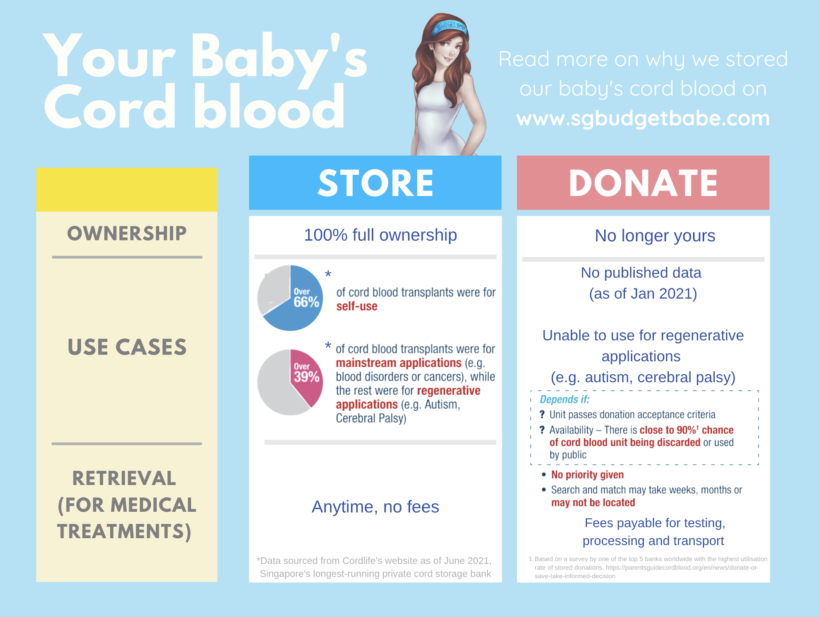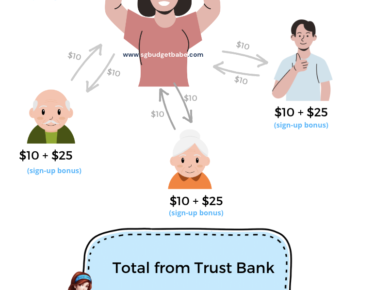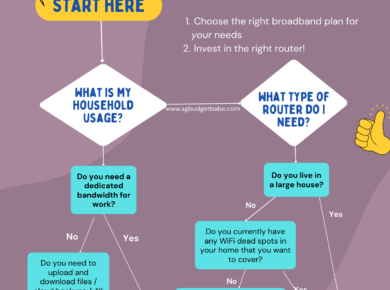Lately, I’ve been seeing a lot of misconceptions floating around on social media about the dilemma for parents on whether they should store or donate their baby’s cord blood. I’ve previously investigated this and debunked many of the misconceptions in a previous article here.
However, seeing that it has been a few years since my research, I decided to review it once more to see if anything has changed.

Misconception #1: Your child cannot use their own stem cells anyway.
Social media is rife with comments discouraging mothers against storing their child’s cord blood, claiming that one won’t be able to use their own stem cells anyway because it will contain the same “defect”. Instead of taking these comments at face level (especially since they do not even back it up with actual statistics or case studies), I decided to investigate the history of cord blood releases in Singapore for myself to determine the veracity of such claims.
And as it turns out, based on releases by Singapore’s longest-standing cord blood bank, 2 in 3 cases are for autologous (one’s own) use.

Here’s more – recent studies have shown that stem cells can even potentially help treat autism. In this mind-blowing video, you can even see the obvious improvements in a young, autistic boy within 6 months of his cord blood transfusion – his repetitive actions are gone, he is no longer rejecting social touch and can even engage in simple toy play with his father!
Conclusion: debunked. Your child could potentially benefit from his/her own cord blood stem cells in the future for treatment therapy, but that’s only if you had stored it in the first place.

Misconception #2: If you donate, you will get priority in the event that you need a donor’s cord blood unit.
While I can understand how this misconception arose, all you need to do is to look at the website of Singapore’s public donor bank to verify whether this claim is even true:
“SCBB manages both donors and non-donors in the same manner. If a donor’s cord blood unit is still in storage at that time, it will be available for the patient who benefits most from it; this could be the donor or someone else.”

Conclusion: debunked.
Misconception #3: Only low-quality cord blood units are discarded. So if yours was discarded by SCBB, then it probably wouldn’t be suitable for future usage anyway.
Several of my readers who had previously donated to SCBB had shared with me that they were surprised to find out that their unit had been discarded (see their statements here). This isn’t surprising when you consider SCBB’s extremely strict requirements for the high cell count needed (1.3 billion, vs. the average of 400 million required by private cord blood banks).
That aside, science is also advancing so fast that earlier this year, it was announced that there are now clinical trials on newest technologies meant to expand the number of blood-forming stem cells from stored umbilical cord blood. In other words, we may soon see the day where science is able to reproduce more quantities even if from a smaller, limited cell count.
But if you had already discarded your child’s cord blood, then you obviously cannot benefit from this. And as a parent, I don’t want to be ever placed in a position where I’ll regret and be thinking to myself, if only I had banked it! I shouldn’t have donated it and gotten it thrown away – science can now use it but because I made a foolish decision then based on misinformation / just to save costs, I’ve deprived my child of this possible treatment and he will now have to deal with the repercussions.
I’m wary of making future conclusive statements based on present-day data, especially when our knowledge and scientific advancements will likely progress in time.
Conclusion: debunked.
Misconception #4: Costs are cheaper if we bank with a public donor family bank vs. a private bank.
In 2018, I debunked this by showing how SCBB’s quote then would have cost us pretty much the same as if we had banked with one of the private banks right from the start.
Let’s see if that has changed in 2021, shall we?
I got a friend to go undercover and check on the costs for me this time, and this was what SCBB quoted her:
- Option 1: Pay $1,350 upfront and an additional $250 for each extra year of storage
- Option 2: $2,250 (5-years of storage)
- Option 3: $4,985 (21-years of storage)
I chose Cordlife again this year for our second child (especially after having already done extensive research back in 2018 to decide which provider was the best), and here’s our costs:
- Option 1: $1,600 upfront
- $3,800 for 10 years
- $5,200 for 21 years
Prices are almost comparable, but more importantly, Cordlife’s offer included a lot more gifts and value-added services making it a lot more worth it for the dollars spent. These include insurance coverage of your child’s medical costs for hospital services when a cord blood transplant is required, and even worldwide transportation of your child’s cord blood unit at no additional fees, etc.
I also got my maternity insurance coverage for “free”, thanks to choosing to bank with Cordlife this year!
What’s more, they also have more flexibility in their price plans, such as a $99/month option if you wish to stretch out your payments over 60 months for cash flow purposes.
Note that SCBB imposes late payment charges of 10% p.a. (!!!!), which I find is unnecessarily high for a donor / family bank.
Misconception #5: The benefits of cord blood storage are limited.
This is not true at all. See my detailed article here (back in 2018) on the benefits that existed then, and in the last few years alone, more compelling benefits have emerged, including but not limited to treatment in COVID-19 patients:
- patients hospitalized with severe cases of COVID-19 benefiting from reduced risk of death after infusions of stem cells from umbilical cords (University of Miami)
- Mesenchymal cells collected from the umbilical cord used to modulate the immune system for stem cell therapy against COVID-19’s cytokine storm (TMC Institute of Personalized Molecular Medicine)
- More than half of COVID-19 patients treated with umbilical stem cells were discharged within 2 weeks, showing that it can help patients survive severe COVID-19 complications (University of Miami)
Conclusion: who would have expected that umbilical stem cells could even help treat the biggest disease of our generation?
TLDR Conclusion
I will be honest and admit that since this is our second time banking, we did hesitate over whether to do so because of the costs. After all, it was an easier decision when you have one child to think about, but with multiple children…the costs can really rack up quickly.
But in the end, we decided that this was money worth spending anyway. In deciding whether to bank your child’s cord blood (and lining, in our case), there are both emotional and financial considerations to factor in.
Financially, the costs are also not exorbitant as one might expect. If parents can spend on expensive tuition, holidays or even branded toys for their children, I frankly don’t understand why they try to “save” on cord blood banking fees instead. Isn’t your child’s health the most important? If biological insurance can help to ensure that, then why are you trying to save on this, while splurging on other areas?
When you average out the costs over the storage duration, it roughly works out to be $20 per month. And if each of us can spend $20 a month on bubble tea or Mr Coconut…then my husband and I felt that we could most certainly spend $20 each for both our children to have their cord blood units stored.
What’s more, I don’t believe in doing things that I may regret later on. And if that involves something that money can solve, then it is up to us to find that money (be it through income, or investments) and do this for our children.
But you know what? That’s just me.
At the end of the day, parenting is a very personal decision – what works for us may not work for you. And we’ll just need to live with the consequences of the parenting decisions that we make for our children.
Which is why we chose to bank (and with Cordlife), and why I’ve been recommending for my closest friends and family members to do the same too.
With love,
Budget Babe






